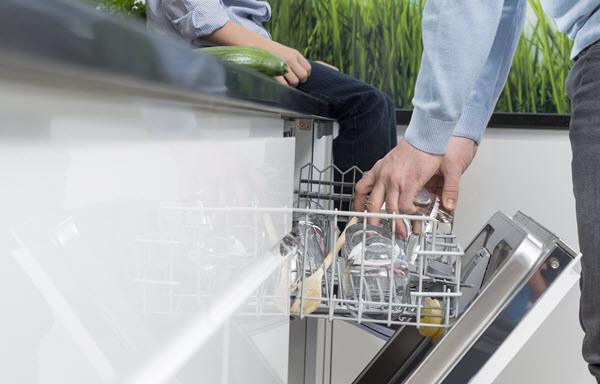Molds aren’t just eyesores; they’re a threat to your health and property. Molds can cause allergic reactions which can be dangerous in rare cases. They can also cause damage to your property, including your clothes, furniture, wood, floors, and just about anything else they come in contact with. If left unattended, the damage can be so great that you’ll have to spend a huge amount of money.
Mold Truths: The Real Reasons For Mold Growth

Moisture is the main culprit in mold growth and development, this much we know. But what we probably don’t realize is that the very things we do every day can put us at risk for mold infestation. This includes washing, bathing, and cooking.
Even the very act of breathing gets some moisture in the air. The same thing happens with humidity because it allows moisture to form when the air is trapped and unable to circulate well.
Where Molds Lurk: Places and Things In Your Home To Check For Molds
When considering the possibility of mold infestation, the first things you’ll probably be looking out for are leaks. But remember, moisture can develop in any place where there’s a water source. It can happen even if there are no leaks and where there’s too much humidity.
Your kitchen is at risk and so are your bathrooms and your bedrooms. Molds can easily find their way on kitchen counters, chopping boards, shower mats, and even your children’s toys. Attics, cabinets, basements, and other enclosed spaces in your home are likely to become breeding grounds for molds as well.
Large-Scale Mold Infestation: When Professional Help Is Necessary
Mold infestation comes in all sizes and shapes and how you must deal with it depends on how big or small the area infested is. For example, if the area infested is less than 10 square feet, the size is considered small enough that you can do the cleanup yourself.
But if the infested area is bigger than that, it’s a lot wiser to get a professional mold remediation team to do the job. Why?
It’s because a large-scale infestation means a much bigger damage than your eyes can see. Mold specialists can spot problems our untrained eyes can’t. Moreover, they have the right equipment and the right techniques not only to remove all traces of molds but to keep them from coming back. They can repair the damage, too.
Moisture Control: A Key To Preventing Mold Infestation
Since moisture is the reason for mold growth, controlling moisture, therefore, is the most obvious key to keeping mold infestation at bay.
Begin by identifying risk areas in your home. As mentioned previously, these typically include your kitchen, bathrooms, bedrooms, attic, closets, basement, and so on. Keep these areas dry at all times.
If flood is the cause for waters having gotten into your basement, dry your floors and walls as soon as the waters have subsided. If your carpet is soaked in water, hang it out to dry.
After you’re done showering or bathing, make it a habit to wipe the floors dry. In enclosed spaces where ventilation is poor, running a humidifier can help control the humidity and keep the molds out of the way.
Home Products For Molds: Get Rid Of Molds With Stuff You Have At Home
If attempts to control moisture are not enough and molds manage to get their way into your home, don’t fret. If it’s a fairly new infestation involving a small area, a basic cleanup with products you already have at home is usually all it takes to remove the molds.
You can use bleach, vinegar, tea tree oil, hydrogen peroxide, and baking soda to get the molds out and disinfect the area. If you have disinfecting wipes, you can also use them to clean your mold-infested counters.
All these work so well to remove the molds while they’re still small. Remember, molds multiply very quickly. If you take action at the first signs of mold infestation, they’re less likely to cause a bigger problem.
Removing Molds Off Painted Walls: Tips and Tricks
Molds on painted walls are visually annoying. To remove them effectively without damaging your paint in the process, try using the milder forms of cleaning solutions. Rubbing a mixture of vinegar, borax, and water on the walls usually gets the job done.
Still, you need to exercise caution when doing this trick. Protect yourself by wearing old clothes and using gloves to wipe the molds off. Remember to dispose of them properly once you’re done with them so as to prevent the molds from spreading.
Conclusion
It always pays to keep your home mold-free as much as possible. Be mindful of the early warning signs of mold infestation and take the necessary actions at once to remove them. If doing it yourself is not recommended considering the size, nature, and extent of the damage, don’t hesitate to hire the services of professional mold mediators to handle the job.